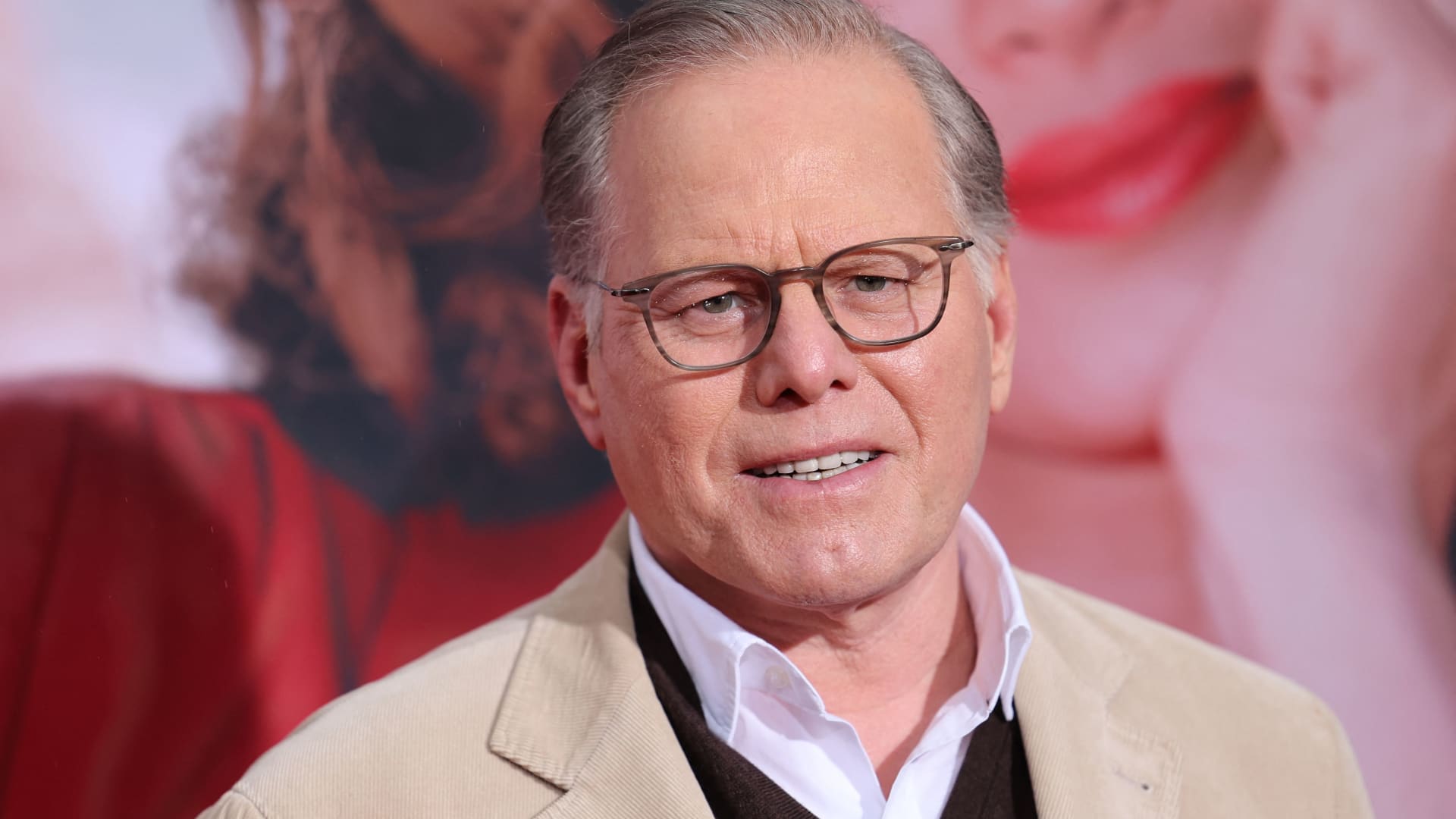America seemed headed for an economic fairytale that would end at the end of 2023. The painfully rapid inflation that had set in in 2021 appeared to be cooling in earnest, and economic growth was beginning to slow following a series of interest rate hikes from the Federal Reserve.
But 2024 has brought with it a flurry of surprises: the economy is growing rapidly, job gains are unexpectedly strong, and progress on inflation is showing signs of stalling. That could lead to a very different conclusion.
Instead of the “soft landing” that many economists thought was underway – a situation in which inflation slows while growth calms gently without triggering a painful recession – analysts are increasingly worried that the American economy doesn’t land at all. Instead of calming down, the economy appears to be booming as prices continue to rise faster than usual.
A “no landing” outcome might feel pretty good for the typical American household. Inflation is nowhere near what it was at its peak in 2022, wages are rising and jobs are plentiful. But it would cause problems for the Federal Reserve, which is determined to get price increases back to its 2 percent target, a slow and steady pace that the Fed believes is consistent with price stability. Policymakers sharply raised interest rates in 2022 and 2023, pushing them to two-decade highs to curb growth and inflation.
If inflation remains at elevated levels for months, that could prompt Fed officials to keep interest rates higher for longer to cool the economy and ensure prices come under full control.
“The continued uptick in inflation numbers” is likely making Fed officials “consider that the economy may be too hot for rate cuts right now,” said Kathy Bostjancic, chief economist at Nationwide. “Right now we’re not even seeing a ‘soft landing’ – we’re seeing ‘no landing’.”
On Wednesday, Fed policymakers got a new sign that the economy may not be going quite as smoothly as hoped. A key inflation report showed prices rose more than expected in March.
The consumer price index was 3.8 percent on an annual basis after food and fuel costs were excluded. After months of steady decline, this inflation indicator has been at just under 4 percent since December.
While the Fed officially targets a separate measure of inflation, the personal consumption expenditures index, the new report was a clear sign that price increases remain stubborn. Days earlier, the March jobs report showed that employers had added 303,000 new workers, more than expected as wage growth remained strong.
The combination of strong growth and stubborn inflation could say something about the state of the U.S. economy, which can be in one of four situations at any given time, said Neil Dutta, head of economics at Renaissance Macro, a research firm.
The economy may be in recession when growth declines and eventually inflation falls. Stagflation can occur when growth falls but inflation remains high. There may be a soft landing where growth and inflation cool down. Or there may be an inflation boom when growth is strong and prices rise quickly.
At the end of 2023, the economy appeared to be heading for a gentle downturn. Today, however, the data is less moderate – and full of dynamics.
“They had put a lot of chips in the soft landing bucket and that has steadily declined and the probability of an inflation boom has returned,” Mr. Dutta said. “That reinforced the Fed’s idea that we have time before we have to decide whether to cut rates.”
Going into 2024, Fed officials forecast three rate cuts before the end of the year, which would have brought borrowing costs down to about 4.6 percent from the current 5.3 percent. Officials maintained that call in their economic forecasts for March.
But as inflation and the economy as a whole continue, investors have continued to reduce their expected rate cuts. Market prices suggest traders are now betting heavily on just one or two rate cuts this year. The markets also expect fewer cuts in 2025 than previously expected.
Fed policymakers have struck an increasingly cautious tone as they talk about when and by how much they might cut borrowing costs.
Jerome H. Powell, the Fed chairman, has repeatedly stressed that strong growth gives central bankers the opportunity to be patient when cutting interest rates. In such a dynamic economy, there is less risk that America will fall into a recession if borrowing costs remain high for a while.
Some of his colleagues were even more cautious. Neel Kashkari, the president of the Minneapolis Fed, has indicated that he could envision a scenario in which the Fed doesn’t cut interest rates at all in 2024. Mr. Kashkari is not voting on interest rates this year, but he is at the policymaking table.
The Fed’s policies are driving up borrowing costs across the economy, which would be bad news for households hoping for lower mortgage or credit card rates. And it could pose a political problem for President Biden ahead of the 2024 election if expensive borrowing costs make voters feel worse about the housing market and the economy.
Mr Biden said on Wednesday he stood by his forecast that the Fed would cut interest rates this year – an unusual comment from a president who typically avoids commenting on Fed policy out of respect for the central bank’s independence from the White House speak.
“That may be delayed by about a month – I’m not sure about that,” Mr. Biden said.
Many Fed observers believe that today’s high interest rates could last much longer. Many economists and investors previously expected rate cuts to begin in June or July. After this week’s inflation report, investors are increasingly expecting interest rate cuts starting in September or later.
Blerina Uruci, chief U.S. economist at T. Rowe Price, noted that the longer inflation remains stagnant, the more interest rate cuts could be delayed: Officials will likely want to see convincing evidence that progress toward cooler inflation has resumed , before they reduce the cost of credit.
And with the possibility that the economy won’t really take off, some economists and officials are suggesting that the Fed’s next move could even be a rate hike rather than a cut. Michelle Bowman, a Fed governor, said she continued to see the risk that “we may need to raise the federal funds rate further if inflation stalls or even reverses.”
Ms. Bostjancic believes further rate hikes are unlikely at this point: Most Fed officials are still talking about rate cuts. Still, recent data suggests that it could take a long period of stable borrowing costs before the economy calms down and inflation falls again.
“What is more likely is that they will just keep interest rates at these levels for longer,” she said.
Source link
2024-04-11 09:05:44
www.nytimes.com















